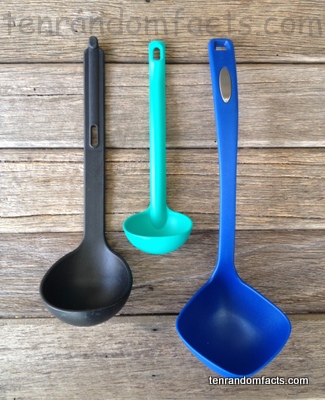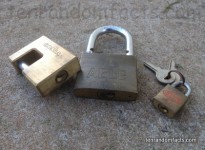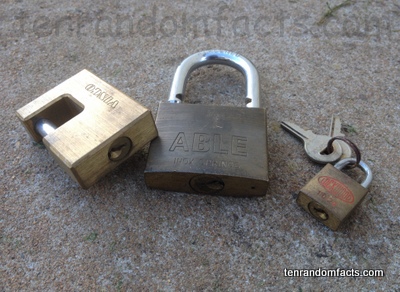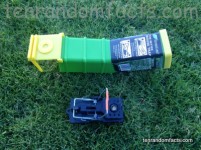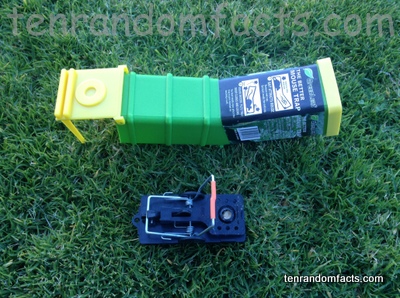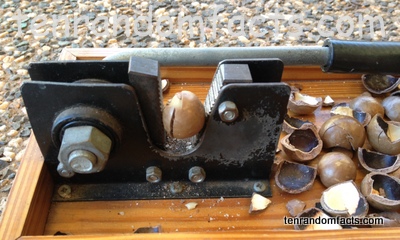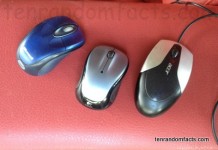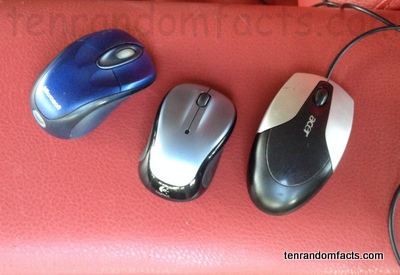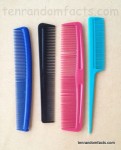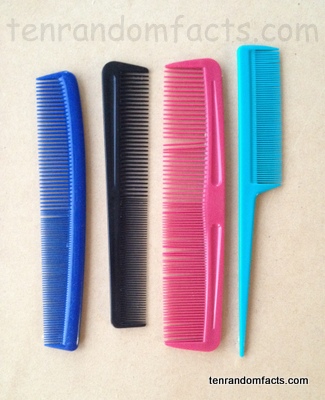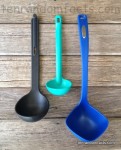
Soup ladles are a relatively new invention.
- Soup ladles are spoons used primarily for serving liquid-based foods, such as soup, sauce, stew or beverage.
- Soup ladles have deeper bowls than spoons, as well as a notably long handle.
- ‘Soup ladles’ are also known simply as ‘ladles’.
- Some soup ladles have a pouring lip on the bowl edge, that allows a steadier flow of food from the utensil.
- Soup ladles are typically made of stainless steel, plastic or wood, but also silver, aluminium, and bamboo are sometimes used.
- Soup ladles come in sizes that range from approximately 12 to 38 centimetres (5 to 15 inches) in length, and the bowl size is usually proportionate to the length of the handle, and they are used for different food items, depending on their size.
- Soup ladles are not only used to serve liquid foods, but they can be also used during the cooking process, as well as to stir food.
- Some soup ladle bowls have volume measurement markings to determine the amount of liquid in the bowl.
- The term ‘ladle’ is derived from the word ‘hladan’, meaning ‘to load’ in Old English.
- Soup ladles were most likely invented in the 1800s, and an early style utensil with a similar purpose, known as a ‘cup holder’, was patented in 1876, that was invented by Joseph Scherer from Buffalo, New York in the United States, and was a wire frame with a wooden handle that was designed to hold a teacup or similar item for the purpose of scooping soup or other food.
Bibliography:
Ladle (Spoon), 2014, Wikipedia, http://en.wikipedia.org/wiki/Ladle_(spoon)
Scherer, J 1876, ‘Cup-holder’, US178963, 20 June, pp. 1, Patents, Google
What is a Soup Ladle, 2014, WiseGEEK, http://www.wisegeek.com/what-is-a-soup-ladle.htm




